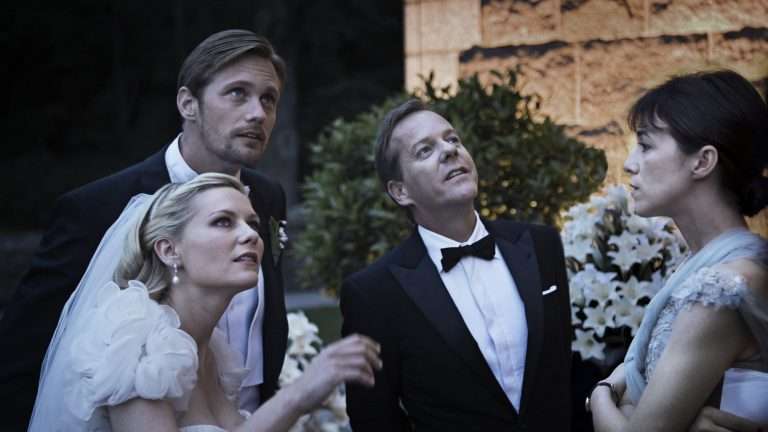It’s fascinating to witness the slow ‘domestication’ of (supposedly) feral kids, brought up with limited or no access to human world; nurtured by nature. Maybe, because at some level they represent the struggles we often face while entering into different (social/cultural) domains that inexorably keep us excluded, albeit in a much broader and painful scale. The perennial dramas in the lives of wild children also give us a closer understanding of the gifts that makes us human, which we more or less take for granted.
The Enlightenment era of the 18th century in Western Europe increasingly invoked the concept of ‘Noble Savage’. As the thinkers of the age weighed in the drawbacks and useful functions of human civilization, the idea of primitive human race existing in harmony with idealized nature gained more traction. There were debates and social experiments speculating on the nature of human in the absence of various constraints, imposed by society, culture, and language. The despotism perpetrated by white colonials of the era made cultural critics and literary circles (hailing from the same white populace) to find a sort of romanticism in the arbitrary yet harmonious lives of indigenous people. Rudyard Kipling’s 1894 children’s story The Jungle Book told the enchanting tale of Mowgli, raised by wolves, a panther, and a bear in the Indian jungle. Later, Edgar Rice Burroughs in 1912 created another archetypal ‘feral child’ character (raised in African jungles) in his Tarzan of the Apes. Both these works has had numerous sequels and cinematic incarnations (Jungle Book and Tarzan has recently had a live-action remake).
While these stories continue to fascinate children and the child within us, the romanticism promoted by the idea of ‘Noble Savage’ has gradually lost its sheen in the 20th & 21st century. The people who were once denied the tools to tell their personal stories of oppression and displacement, in the hands of industrial-era colonists, are now voicing them out loudly. Such insider’s viewpoint not only celebrates one’s richer aspects of culture, firmly realized long before the invasion of the Europe, but also rightfully banishes the blatant romanticism purported by Enlightenment era. There was also due attention given to stories of ‘feral’ children within European soil itself, which was often alluded to parental abandonment and other combination of social factors. The cinematic versions of such real-life stories were far removed from the jubilant mood designed by Kipling and Burroughs.
The ‘wild kids’ in Francois Truffaut’s The Wild Child (L’Enfant Sauvage, 1970) and Werner Herzog’s The Enigma of Kaspar Hauser (1974) may have possessed the spiritual quality of Tarzan and Mowgli, but their encounter with human civilization is grounded in stark reality. The Wild Child was based on the memoirs of Dr. Jean Marc Gaspard Itard, a French physician at the National Institution for Deaf Mutes. Late in the 18th century, Dr. Itard came across the Wild Boy of Aveyron, a 12-year-old found wandering naked in the forests. Unable to speak, walking on all fours, and scarred, the boy was placed under the care of Itard who named him Victor. The doctor saw this as a chance to test his theories on morality and language, the pivotal element that separates mankind from jungle beasts. With the help of a maternal housekeeper, Itard firmly as well as kindly tried to educate Victor on how to be a human. While Victor slowly learned to show moral judgment and sympathy for others, he didn’t entirely learn to speak, read and write. Beautifully filmed in black-and-white by the great Nestor Almendros, Truffaut directed the story with humane clarity that’s free from melodrama and sentimentality. Truffaut himself played Dr. Itard and in the role of Victor he casted Jean-Pierre Cargol, a 12-year-old non-actor who doesn’t really act but deeply embodies the perspective of Victor.
Werner Herzog takes an intriguing real-life wild kid story from Germany and turns it into a heartrending examination of human nature. Kaspar Hauser was first discovered outside the gates of Nuremberg in 1828, even though in real life (and in the film) the boy’s background is never fully explained. The local law and medical officers made a thorough examination of Kaspar and placed him in a jail cell. Kaspar learns a little of human moral values when he is placed under the care of a serene family and later also gets to experience the cruel side when the townsfolk enters him into a freak-show. He is later adopted by a kind & wealthy professor named Daumer. In the house of Daumer, Kaspar learns to write and read fluently and also develops a penchant for music. Bruno S, a street performer was in real life locked away for 23 years in various mental institutions, plays Kaspar Hauser to perfection. Rather than turn the film into a pleasing narrative of a once-famous historical character, Herzog offers an assortment of human behavior – ranging between genial and ghastly – to illuminate the enigma and mystery surrounding the entire human condition. Kaspar’s blank-faced vulnerability simply brings more profundity to Herzog’s philosophical inquiry (the aesthetics, however, are more stylized than Truffaut’s Wild Child).
Japanese animation master Hayao Miyazaki’s works remains as the perfect alternative to the ultra-conservative, uni-cultural notions of Disney fairy tales. In 1997, the anime master wrote and directed Princess Mononoke, which is set in the medieval Japan and intertwined with supernatural, fantasy elements. The central character Mononoke is raised by the Wolf God Moro. She plays an important role in the complex struggle between forest gods and the humans who indifferently ravage the forest resources. Unlike the magical tales of feral children like Jungle Book, Mononoke is unapologetically violent and doesn’t have trouble in conversing with ‘normal’ humans, although she’s still humanistic in lot of ways. Eventually, Mononoke prefers her wolf family to the bitter humans who are determined to engage in deforestation in the name of industrial progress (Mamoru Hosoda’s ‘Wolf Children’ was another interesting addition to this category of films. Here, a young mother raises her two half-human half-wolf children after the death of their werewolf father).
Jodie Foster brilliantly played a young hermit woman in Nell (1994), who is brought up in a remote mountainside cabin by her mother. Liam Neeson played the doctor character. He discovers Nell long after the death of her mother. As expected, it was a considerably Hollywoodized product with some top-notch performances. Samira Makhmalbaf’s intriguing docu-drama Sib (‘The Apple’, 1998), however, presented the deliberately imposed isolation of two little Iranian girls in an artful manner. It was based on the true story of eleven year-old twins Zahra and Massoumeh Naderi, whose elderly father and blind mother locked them up at home and never let them out. Their neighbors complained about the girls’ treatment to the authorities — the twins could not speak properly and had no sense of personal hygiene. The then 18-year-old Samira (daughter of director Mohsen Makhmalbaf) was inspired to make a film on the twin-sisters when she saw them at a welfare center on television. Interestingly, she asked the family members to act as themselves. The on-screen reconstruction of events using real people was also done by Iranian auteur Abbas Kirarostami in his spectacular ‘Close Up’ (1990). The shooting of ‘Sib’ took place over eleven days and follows the twins’ return to their houses, who are promptly locked-up again by their old father (the girls were eventually re-released). The film largely dabbles with metaphors and symbols due to the censorship in place. Hence, unlike the universal works of Truffaut and Herzog, Samira’s ‘uncivilized children’ story-line deals with cultural-specific themes (like rigid patriarchal beliefs) and its wider sociopolitical implications on the Iranian society.
While many films on feral kids tell a thing or two about parental negligence, over-parenting and forcefully imposed isolation is the theme of Arturo Ripstein’s The Castle of Purity (1973) and Yorgos Lanthimos’ Dogtooth (2009). Despite a similar story-line, these two films are aesthetically different. Both the movies revolve around a dysfunctional family, headed by an authoritarian patriarch who insists to preserve his family’s purity by never allowing his children to step out of the fairly luxurious mansion (he gives them a cock-and-bull-story). Dogtooth was more disturbing for its portrayal of psychological violence, impeccably captured through silent arrogance of the father and the mute acknowledgment of the mother. The bizarre parenting in both these films showcases how family, the functional building block of society, casually perpetuates vile things in society — gender inequality, apathy, violence, etc.
Lenny Abrahamson’s adaptation of Emma Donoghue’s novel Room chronicles the most vicious kind of kid’s isolation from the outside world. The novel has a ripped-on-the-headlines feel, especially because there was a sociopath named Ariel Castro, who kidnapped and held three young women captive for a decade and fathered a child with one of them (and there was also the case of Elizabeth Fritl, a girl held captive by her own father for 24 years). Room, however, is less about the sociopath and rather gut-wrenchingly deals with the mother & kid’s escape from captivity and steps taken to gradually shed their traumatic experience. Jacob Tremblay’s fastidiously plays Jack, a five-year-old whose whole world is his Ma and the 10* 10 room. Rather than wallowing in the misery of their condition, the film’s later portions concisely examines the nature of parenting. Moreover, Jack unlike Victor or Kaspar isn’t wholly isolated from human world and is at the appeasable and tender age of 5. Similar to Nell (1994), Room suffers from few sentimental interludes, but altogether it’s an enjoyable soft-take on child development (and of-course Hollywood continues to make successful entertainment out of the plight of fictional feral/wild children, the recent examples being Pete’s Dragon and Stranger Things).
All such compelling cinematic portrayals of wild children brought up beyond the confines of human-made etiquette would continue to stoke the fires of debates regarding ‘what makes us human?’

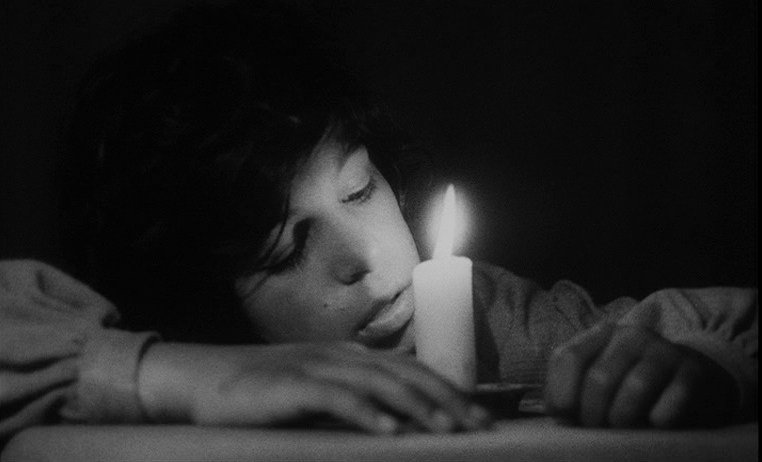
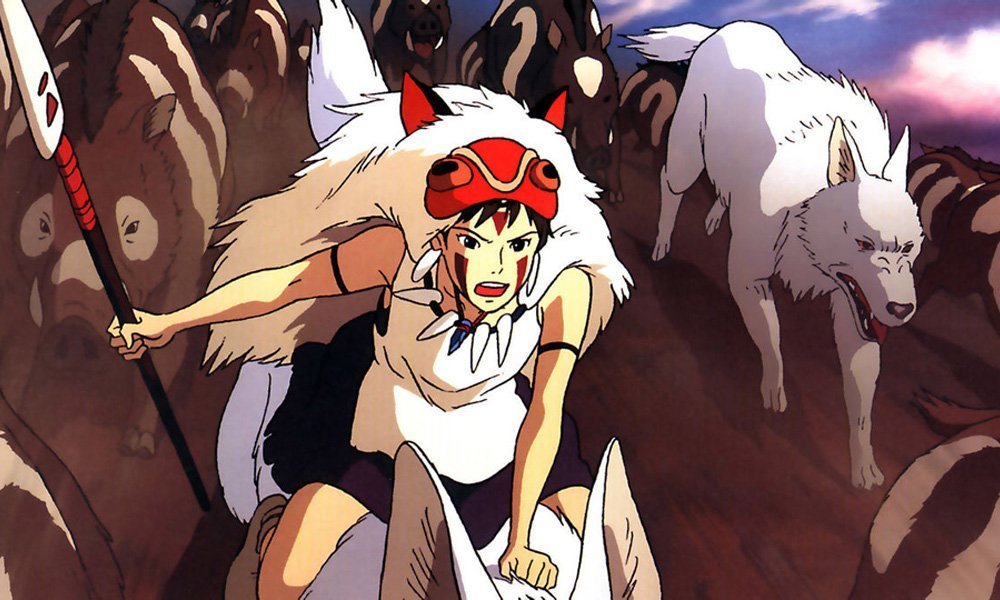
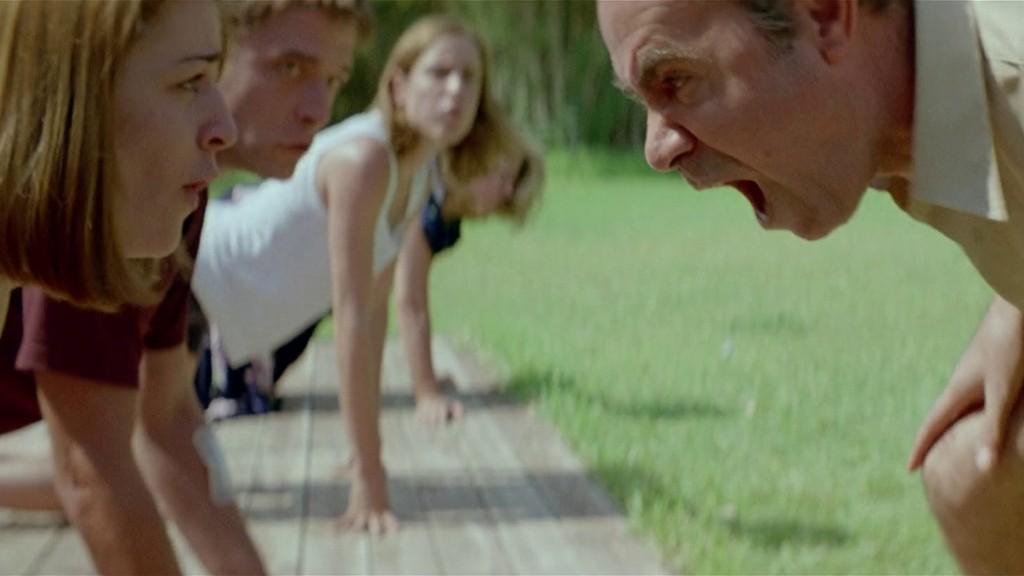


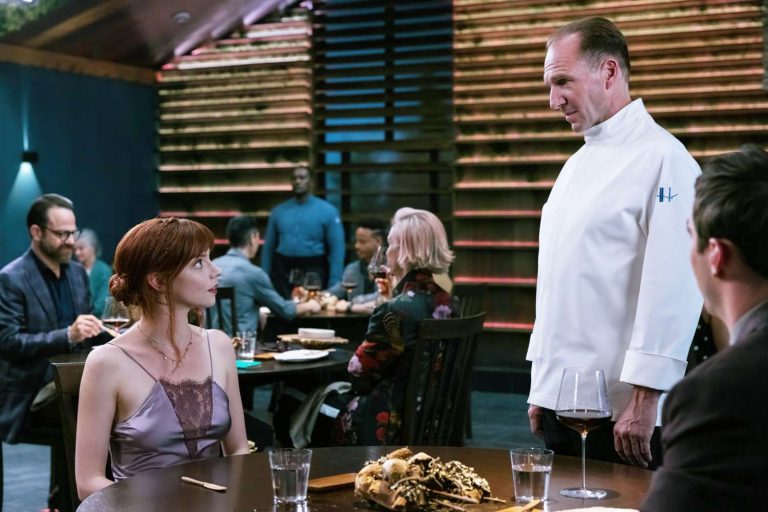
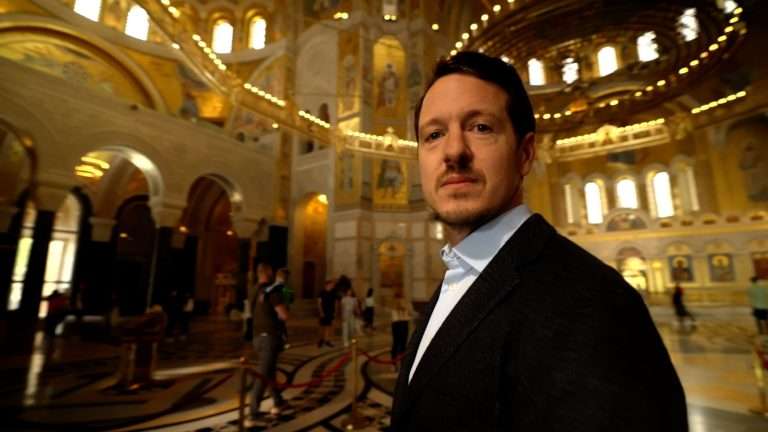
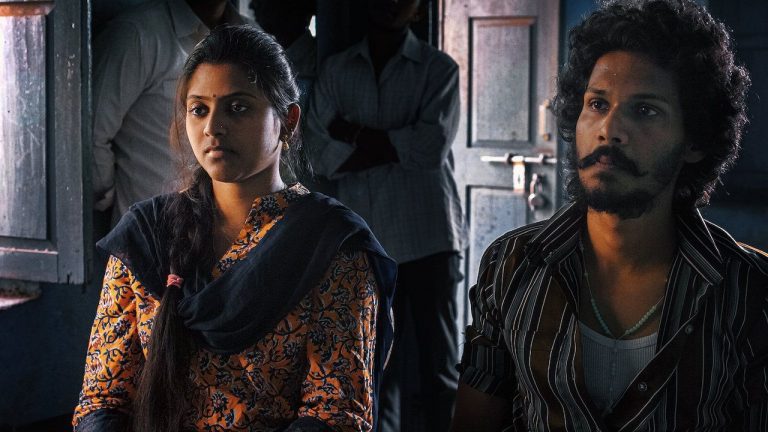

![Garm Hava [1974]: On the Precipice of Belonging](https://79468c92.delivery.rocketcdn.me/wp-content/uploads/2021/05/Garm-Hava-768x432.jpg)
